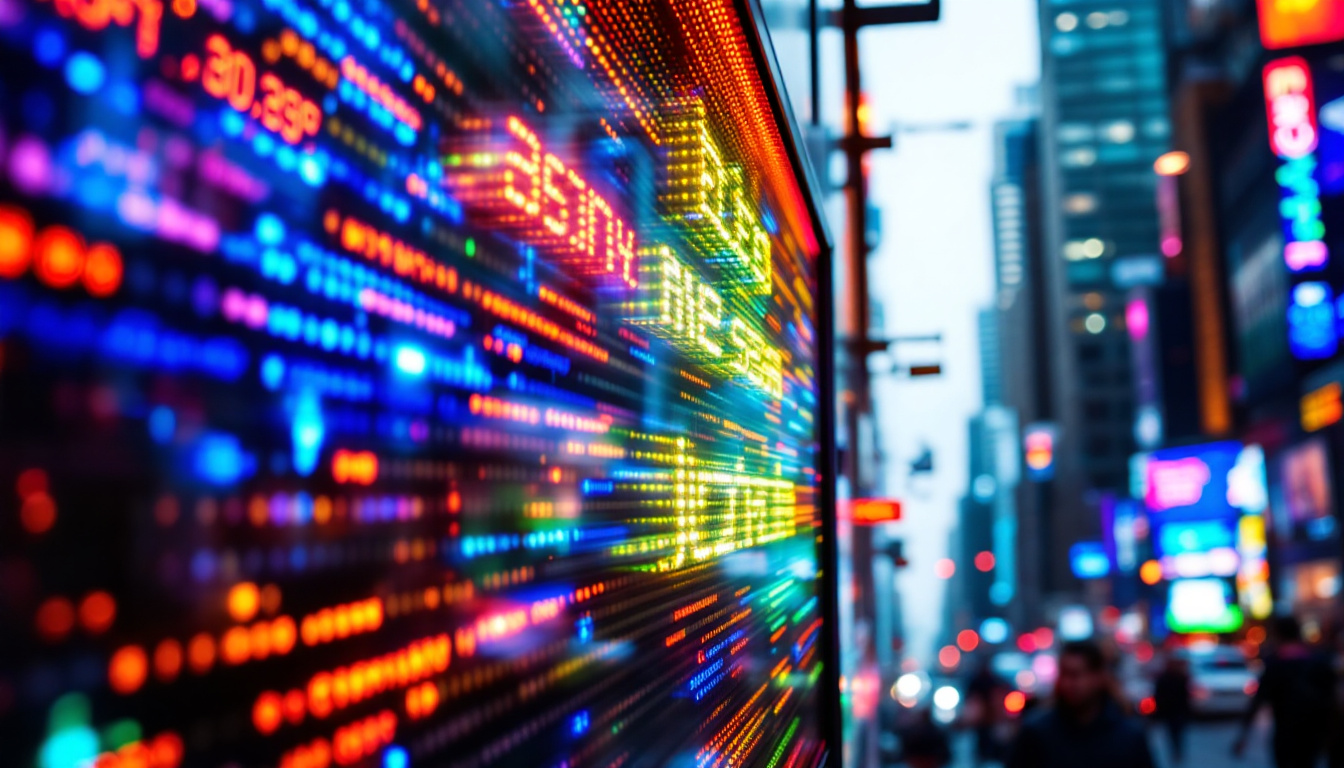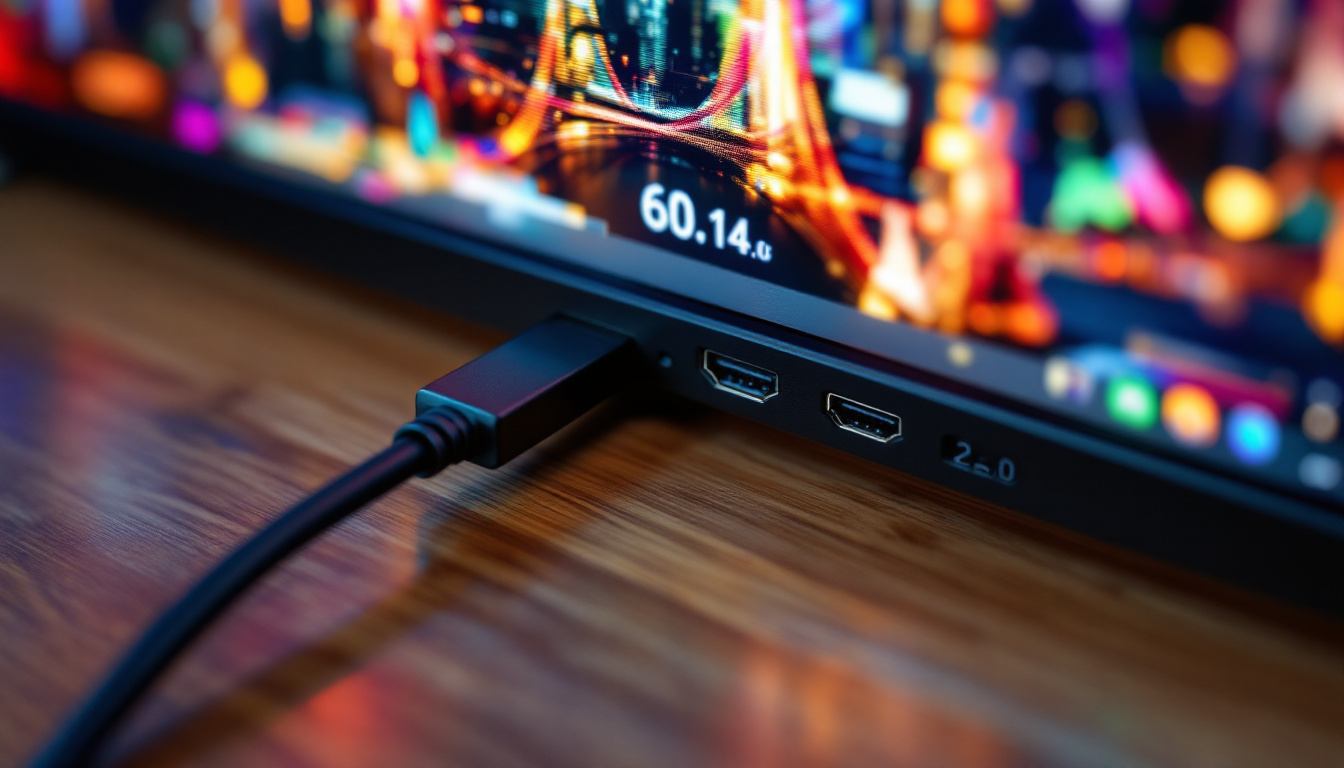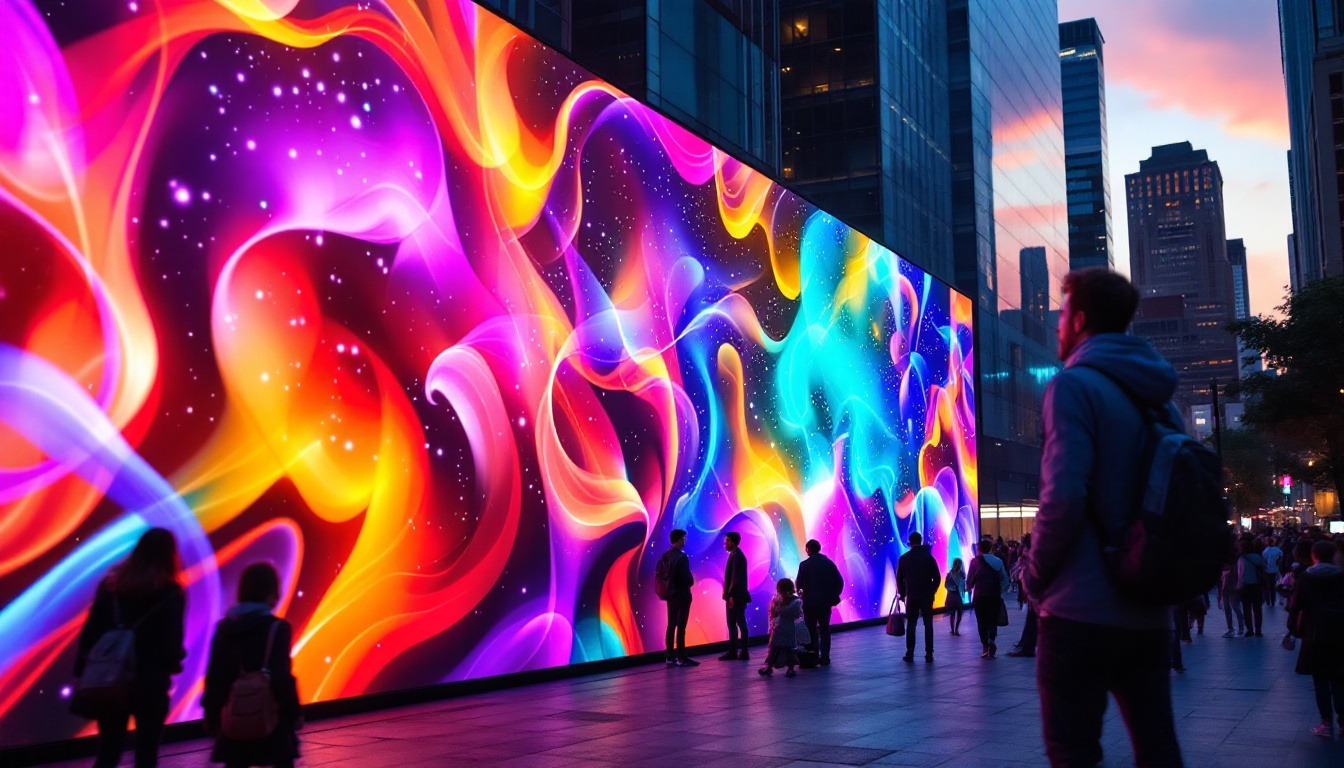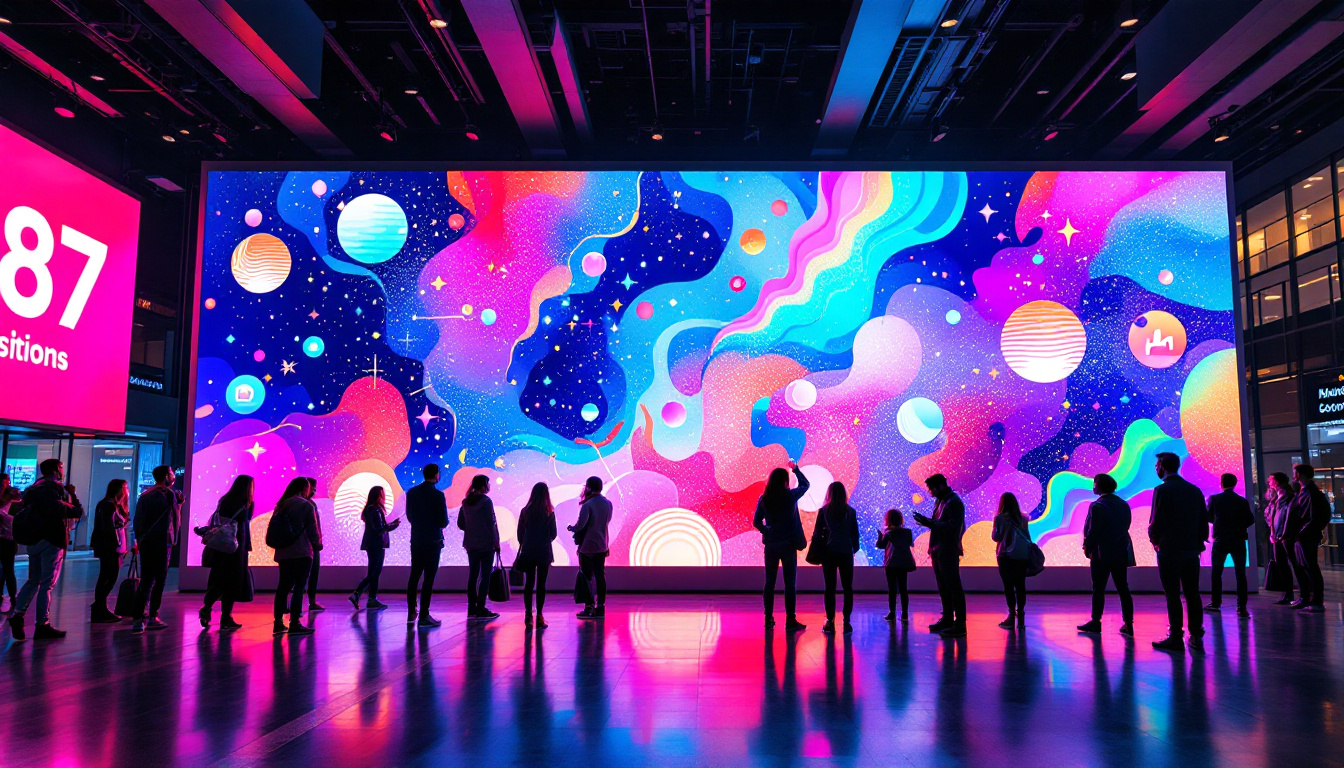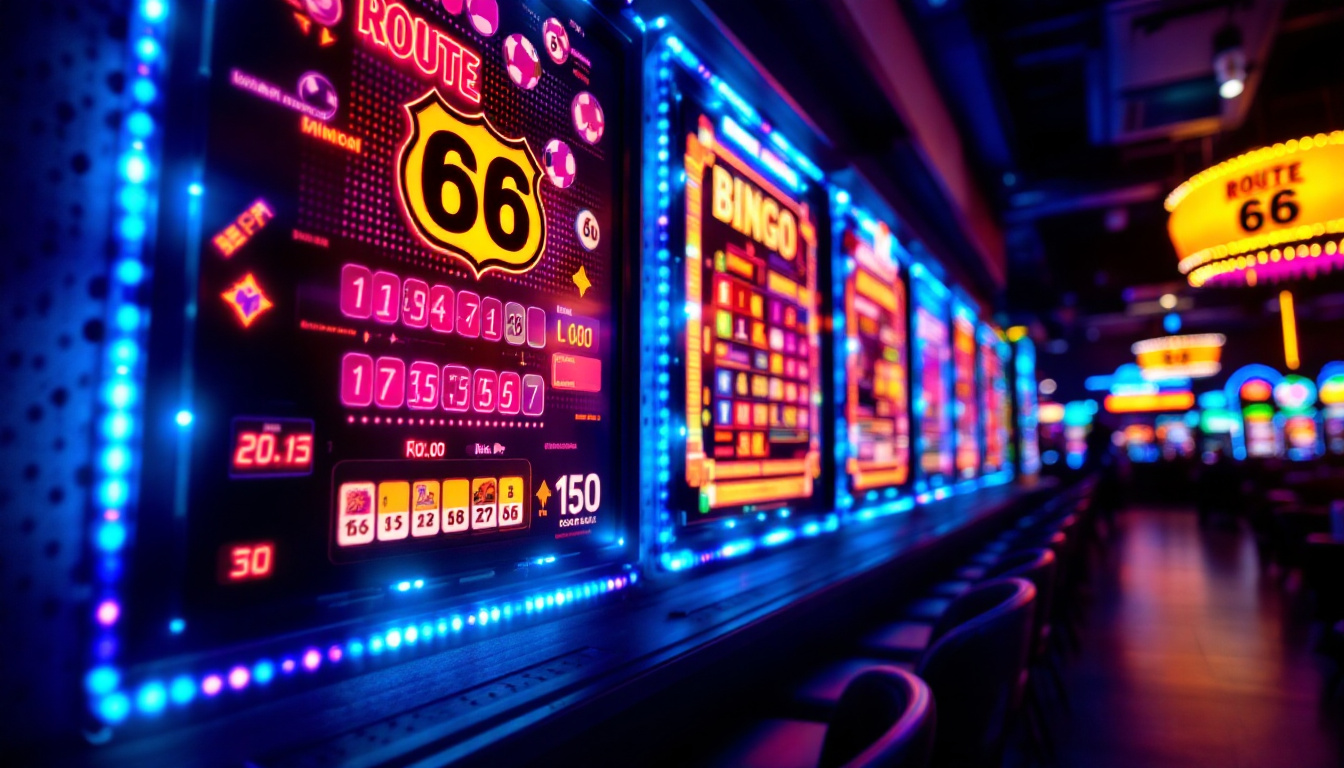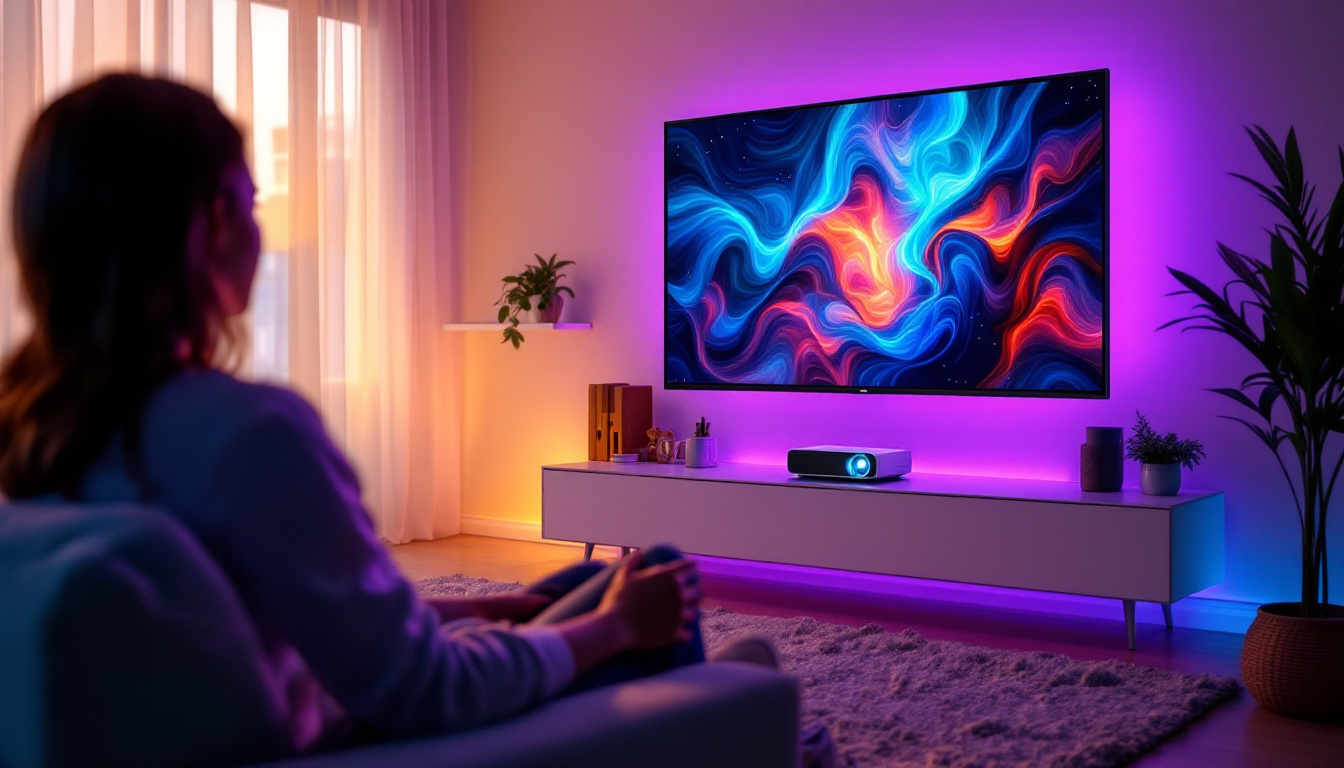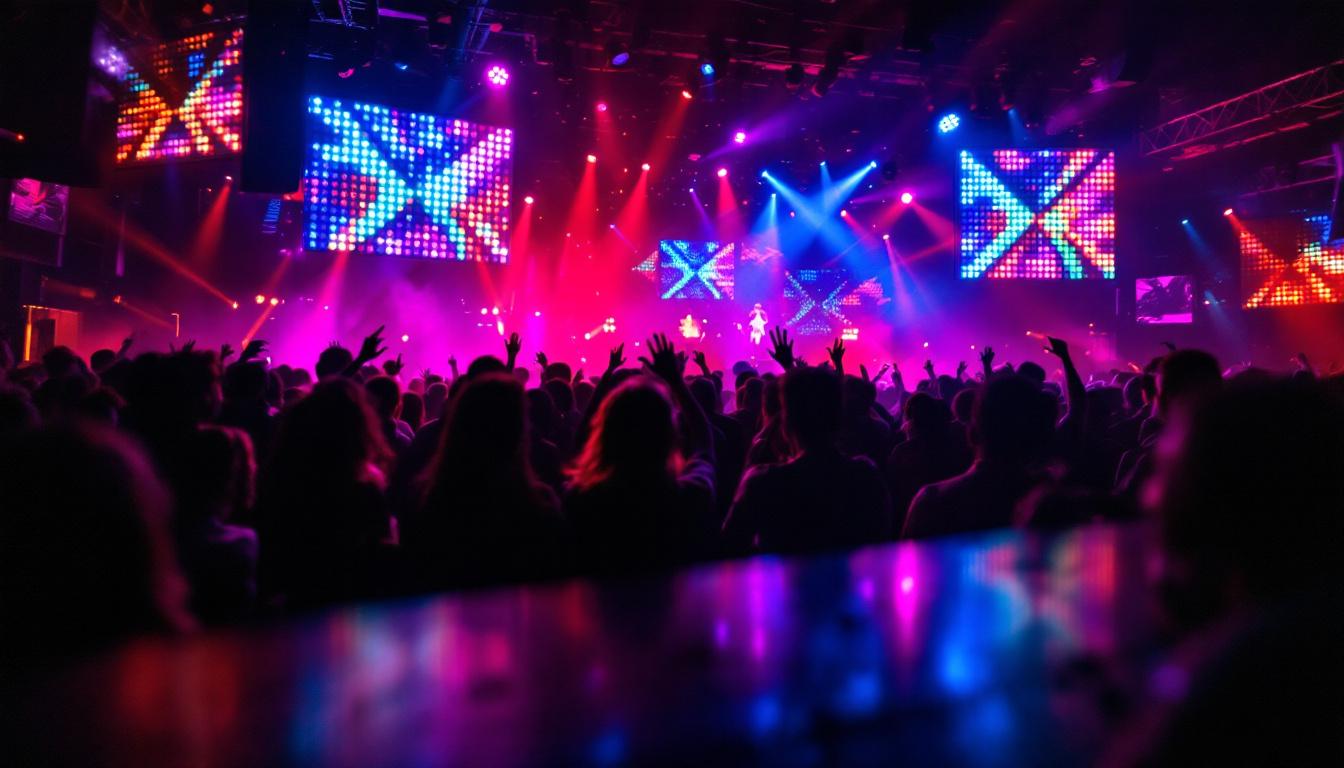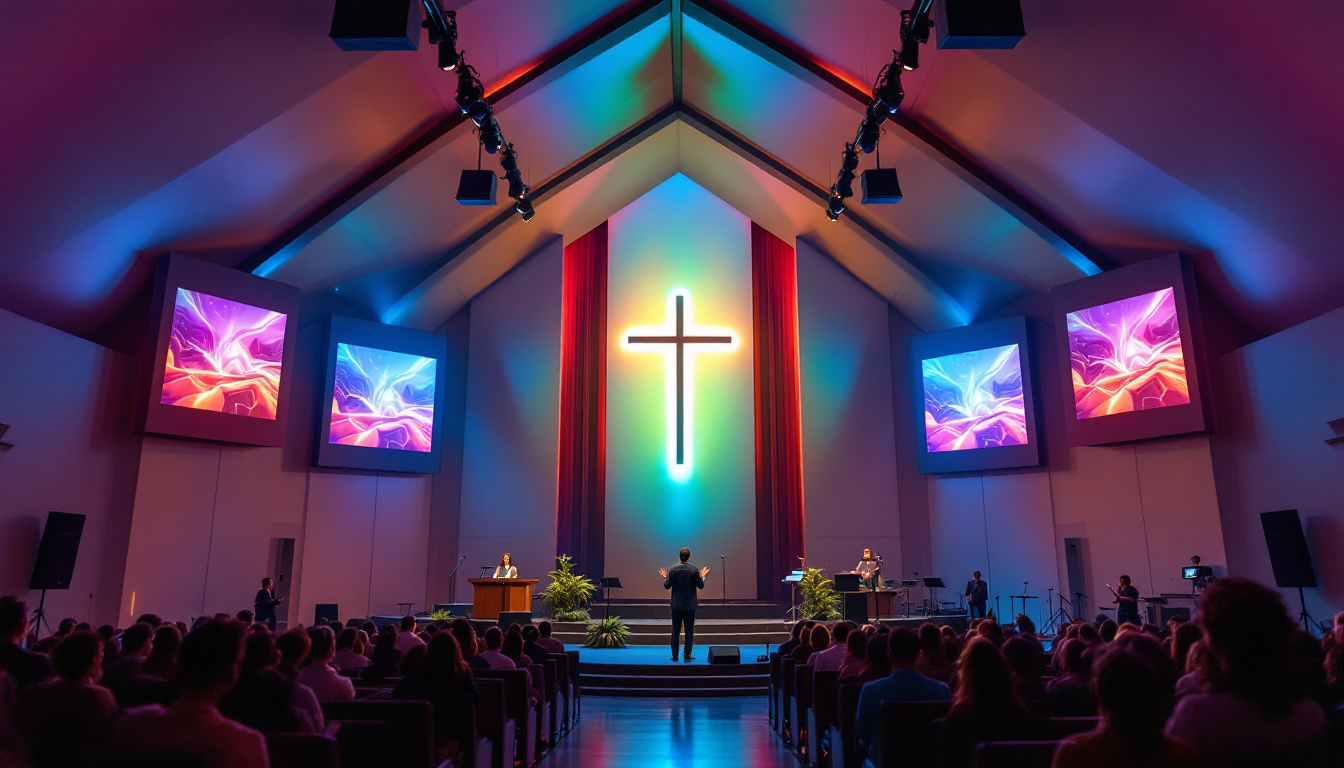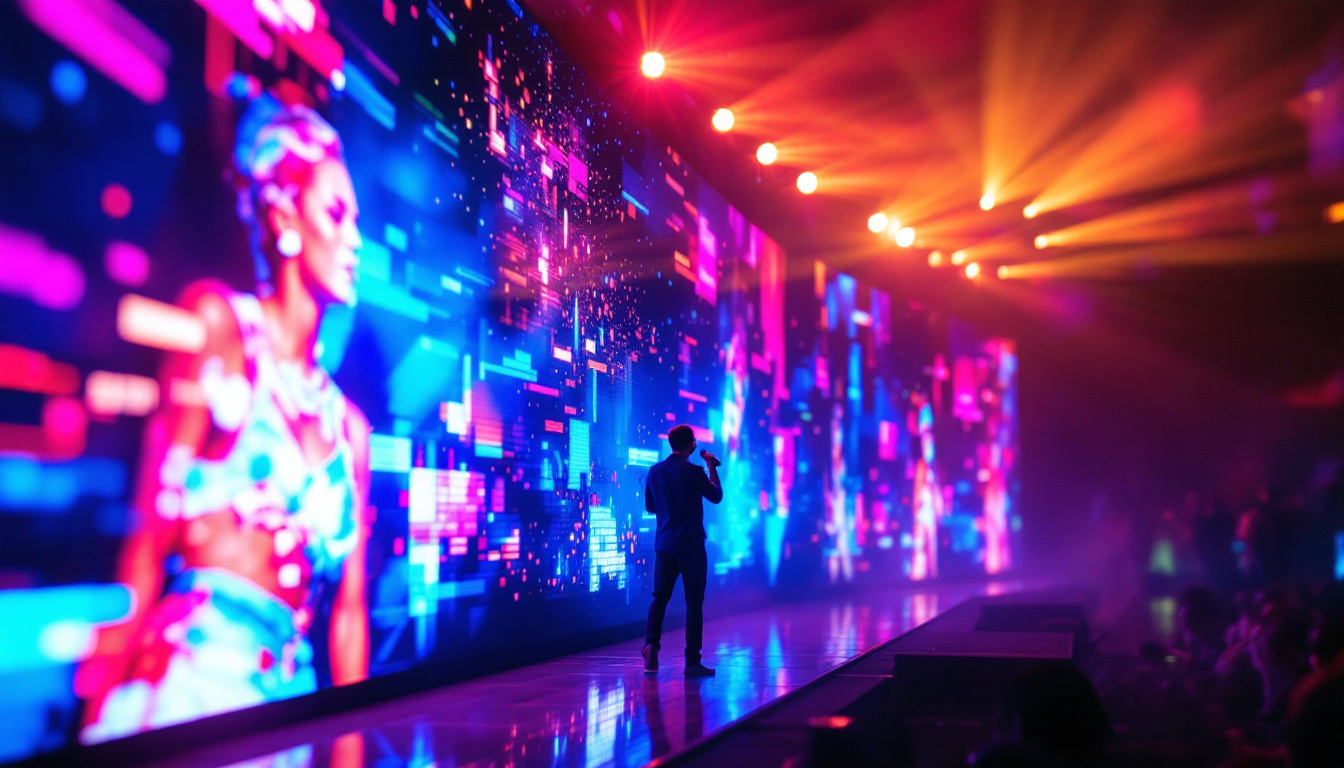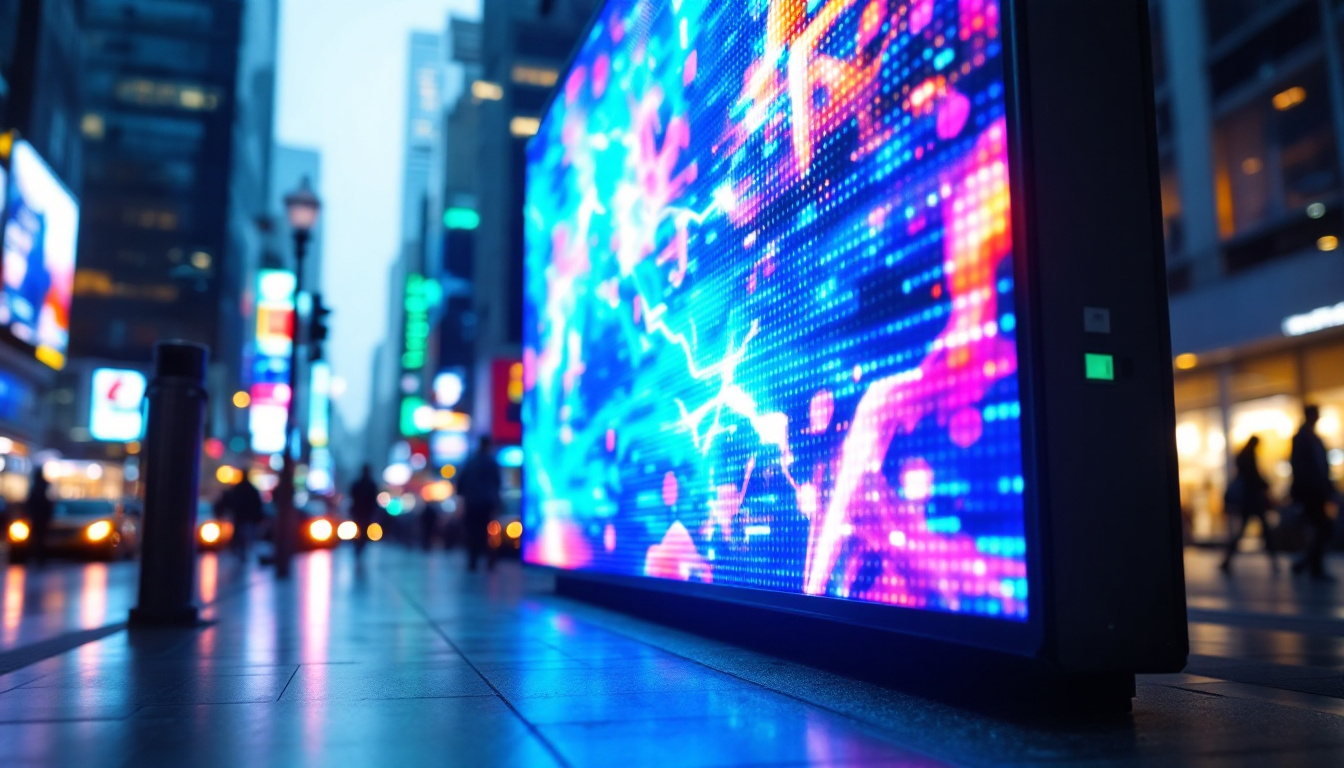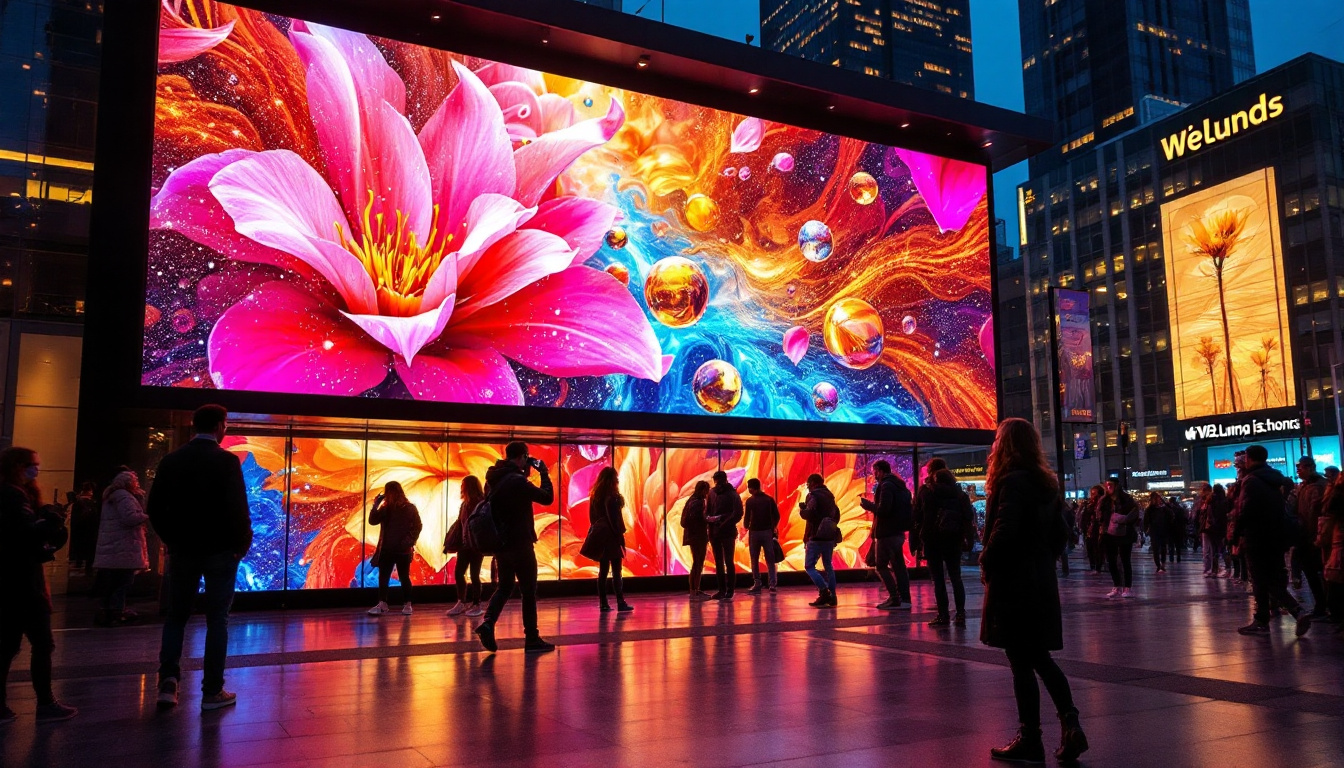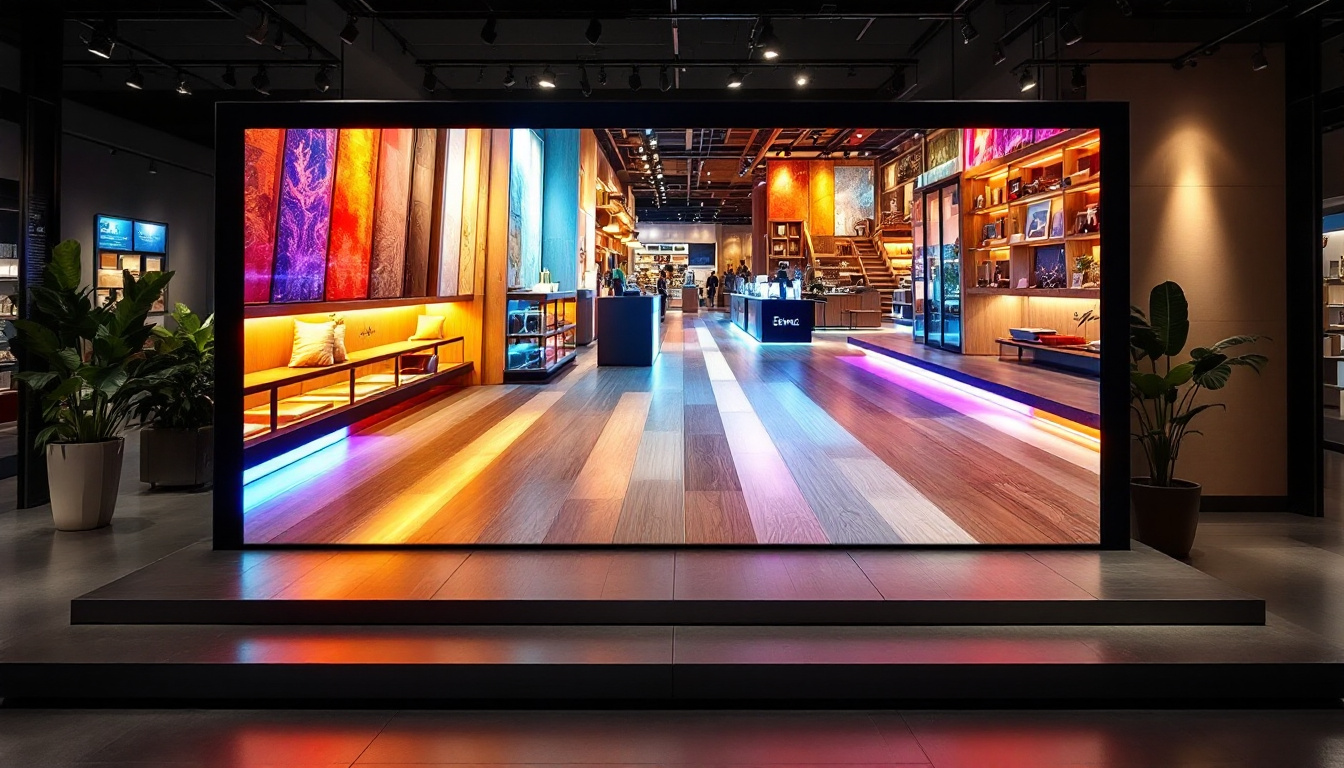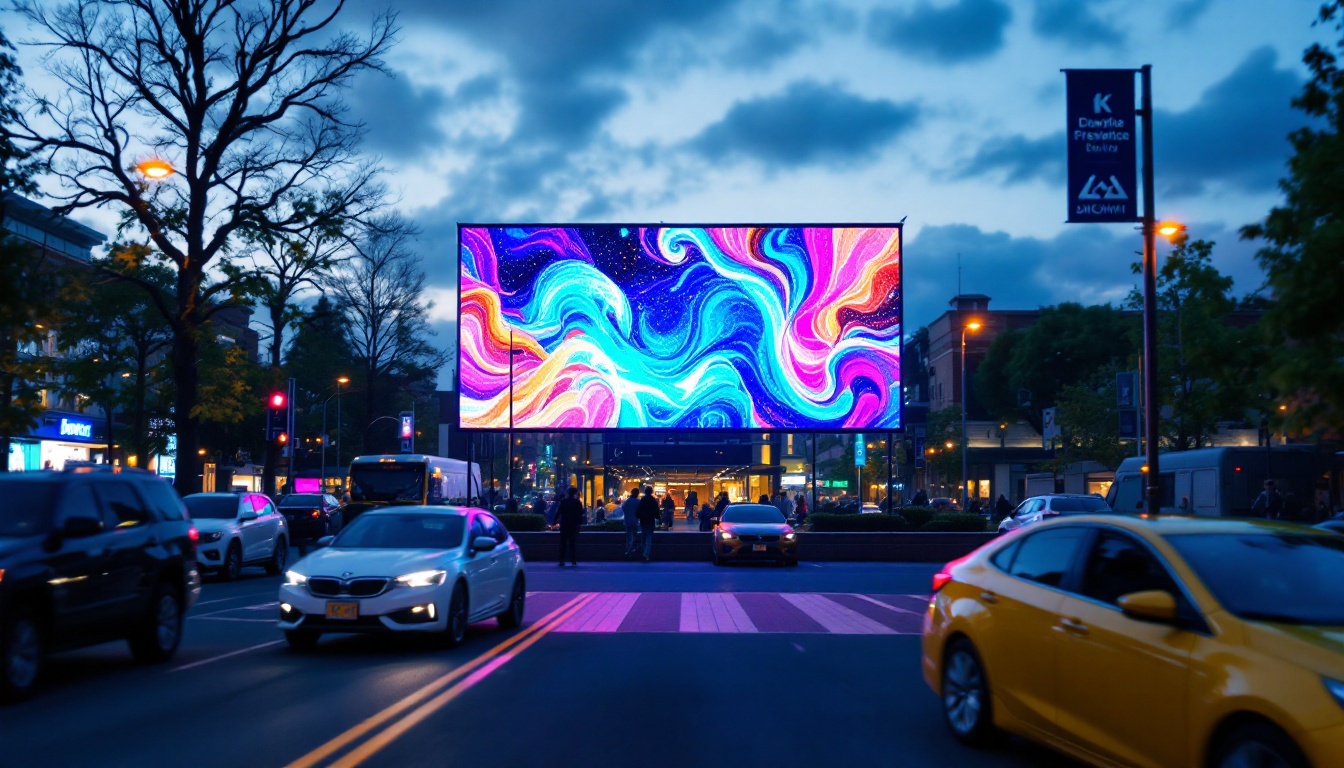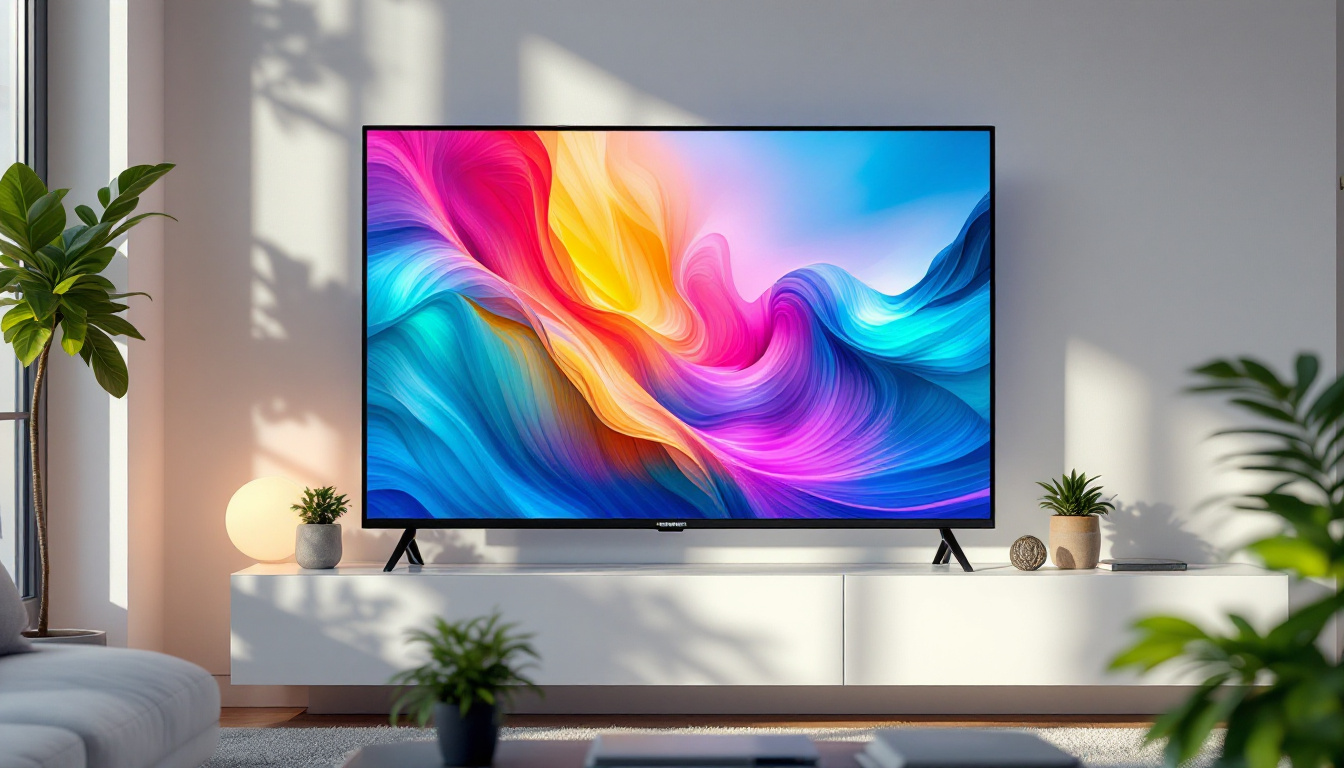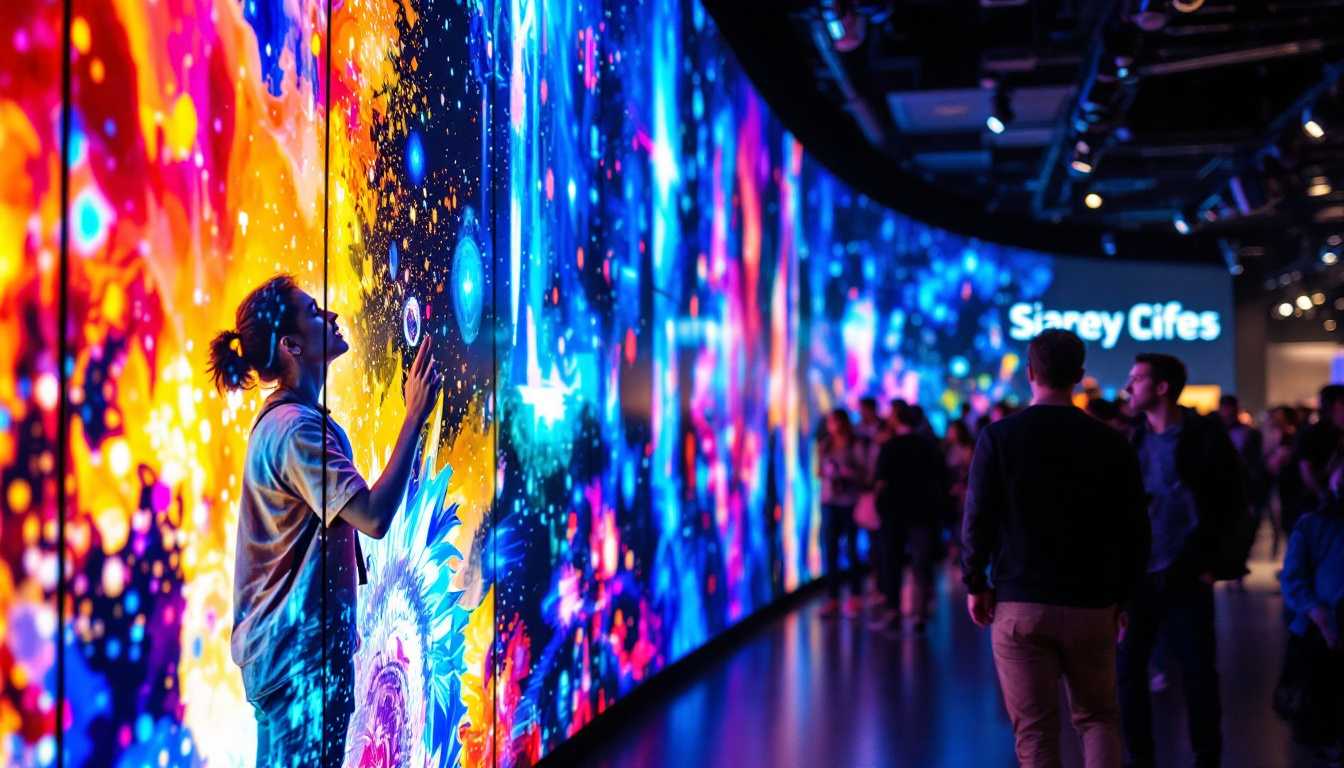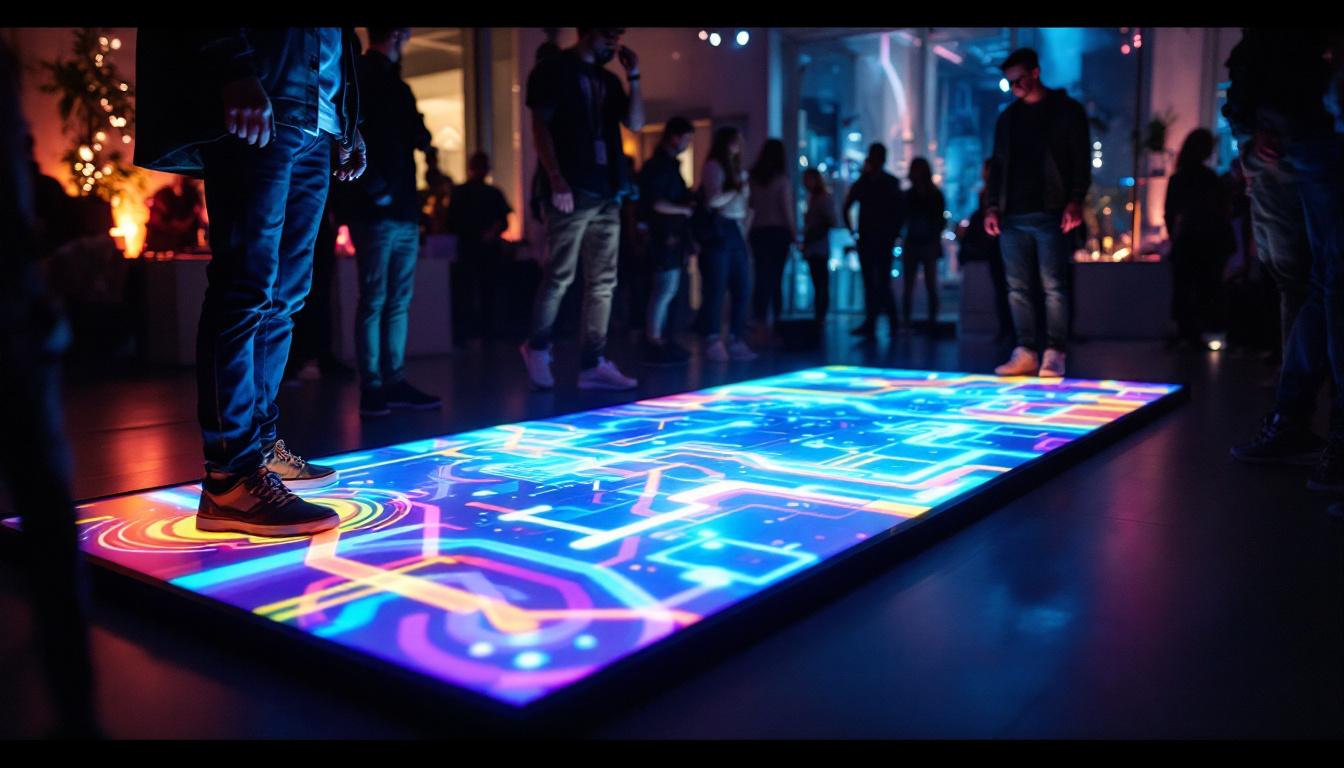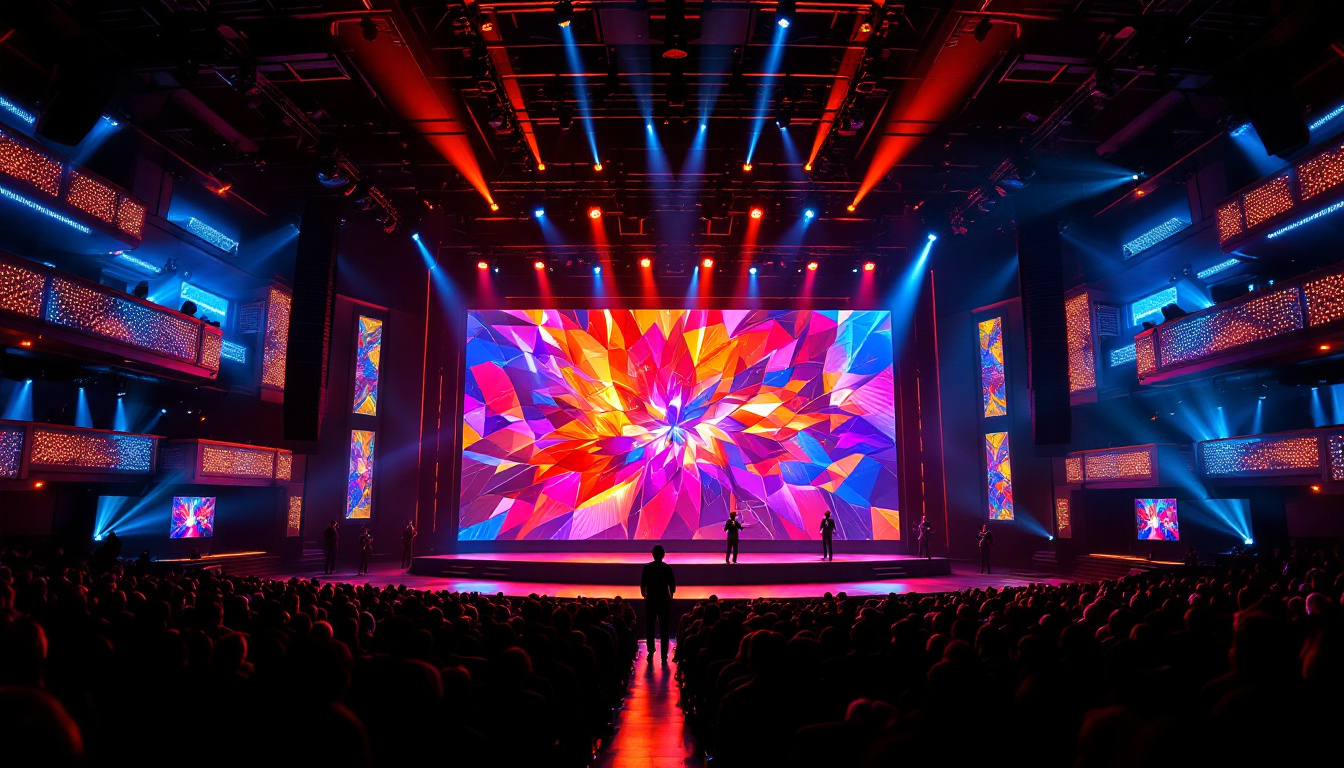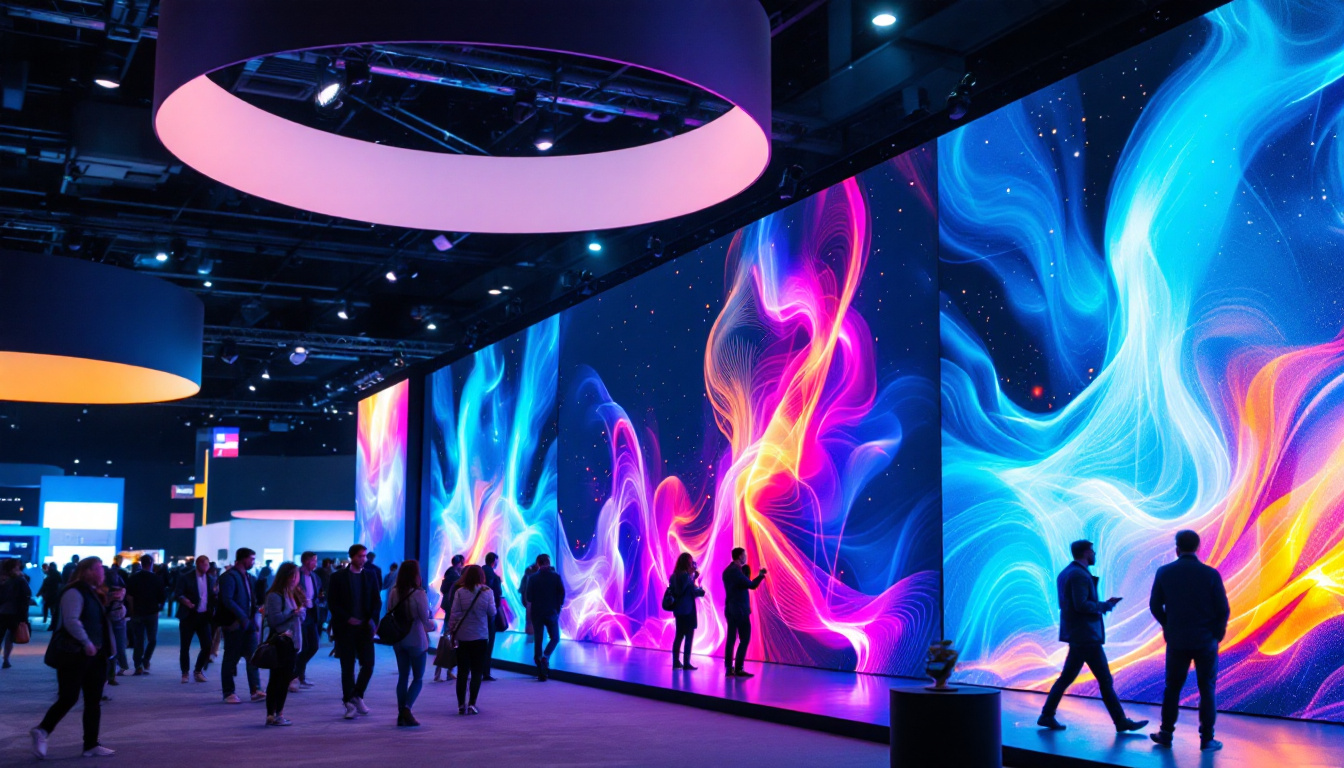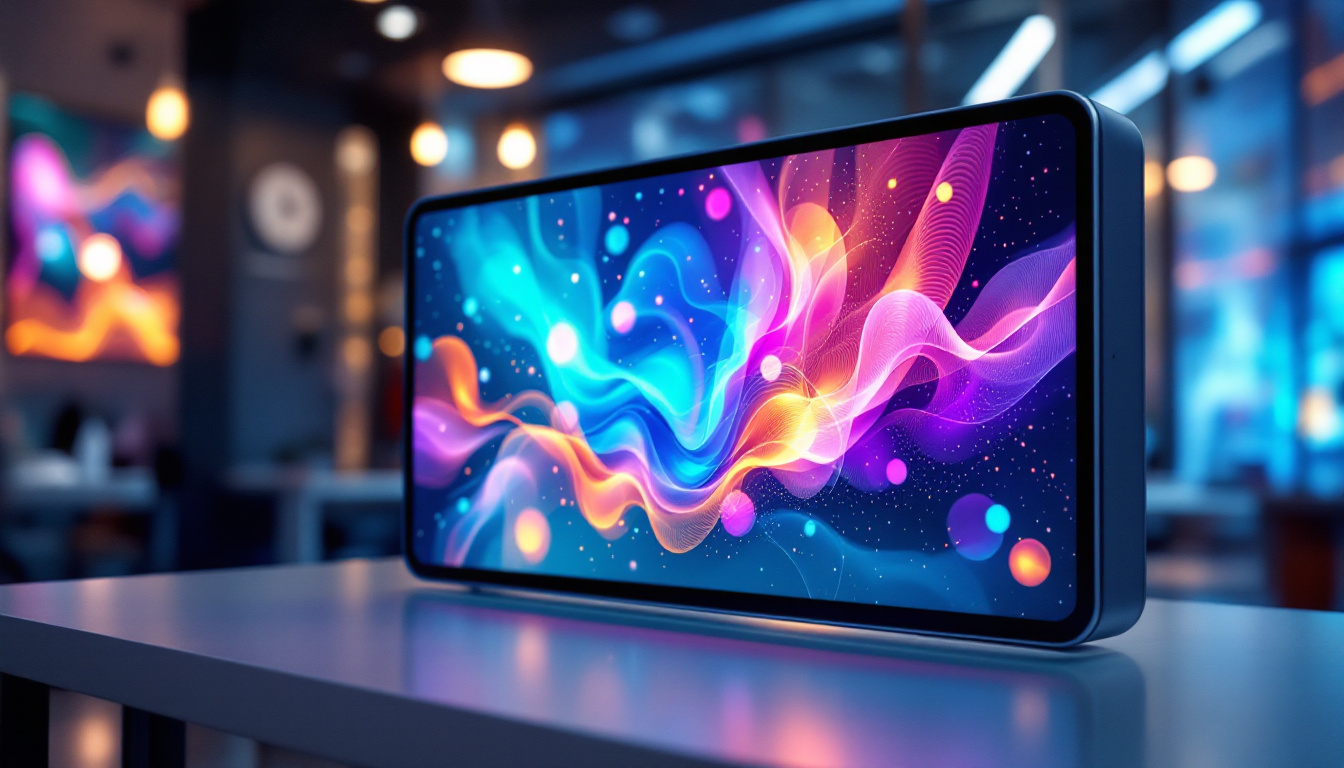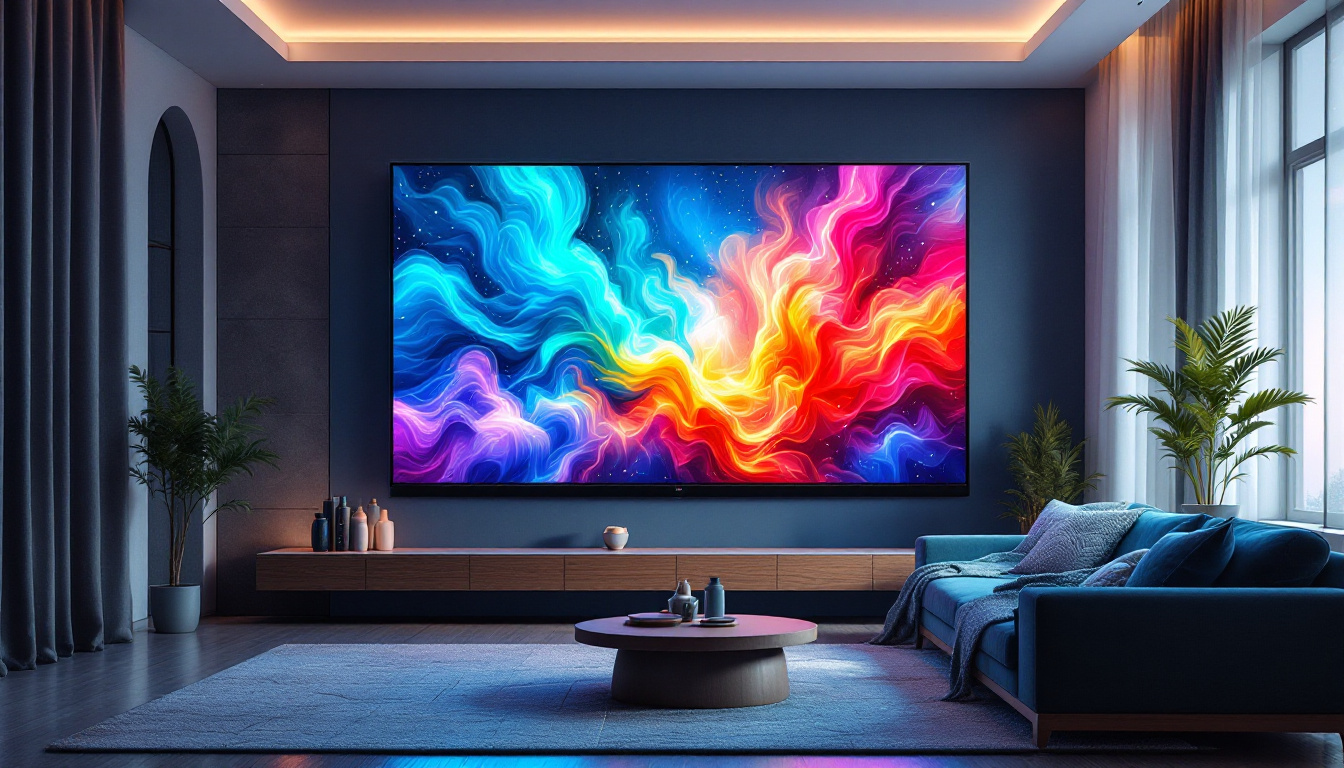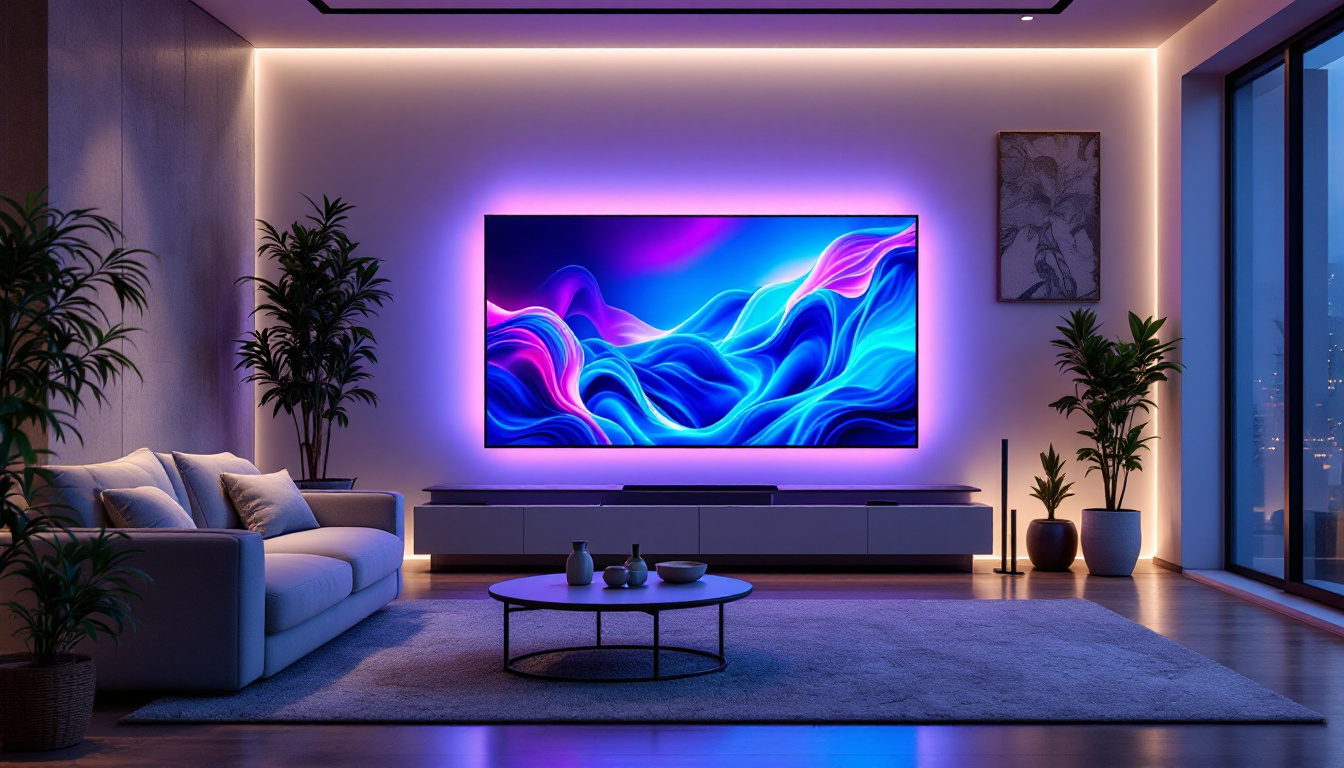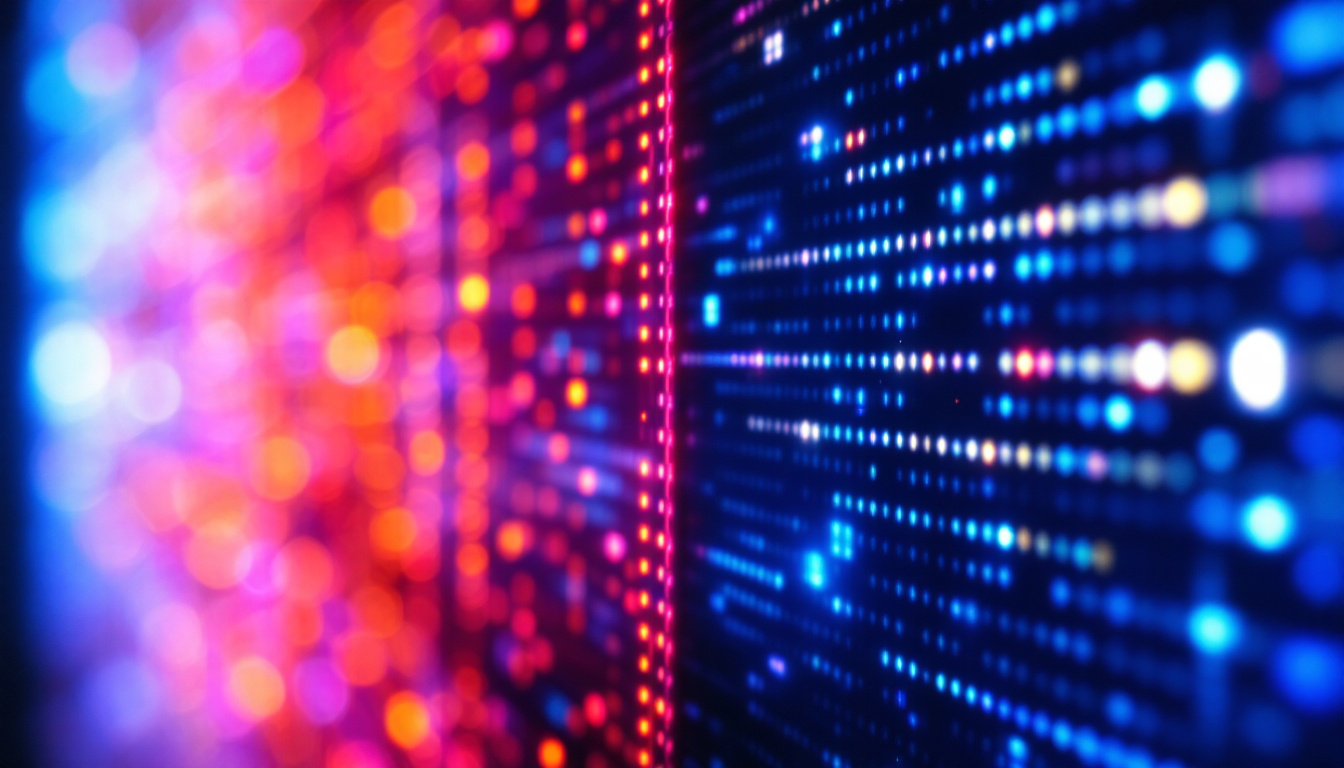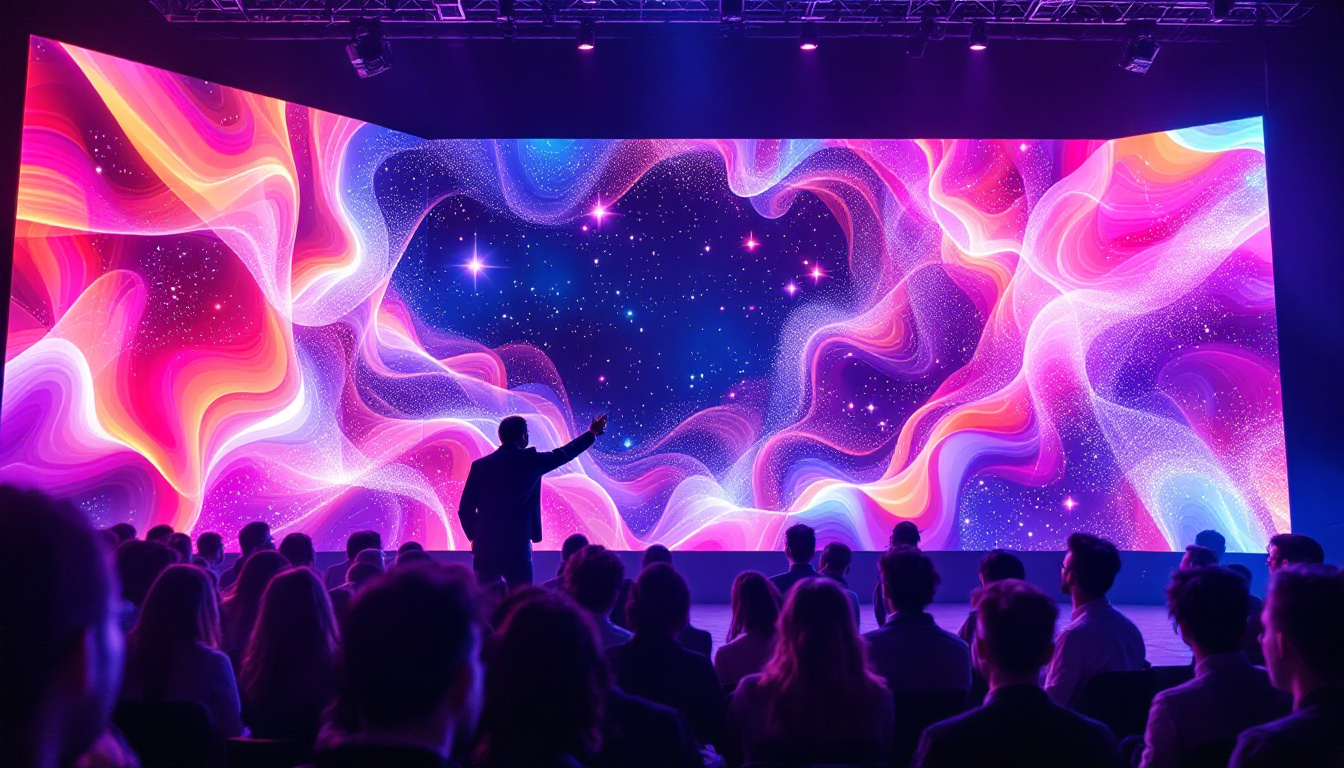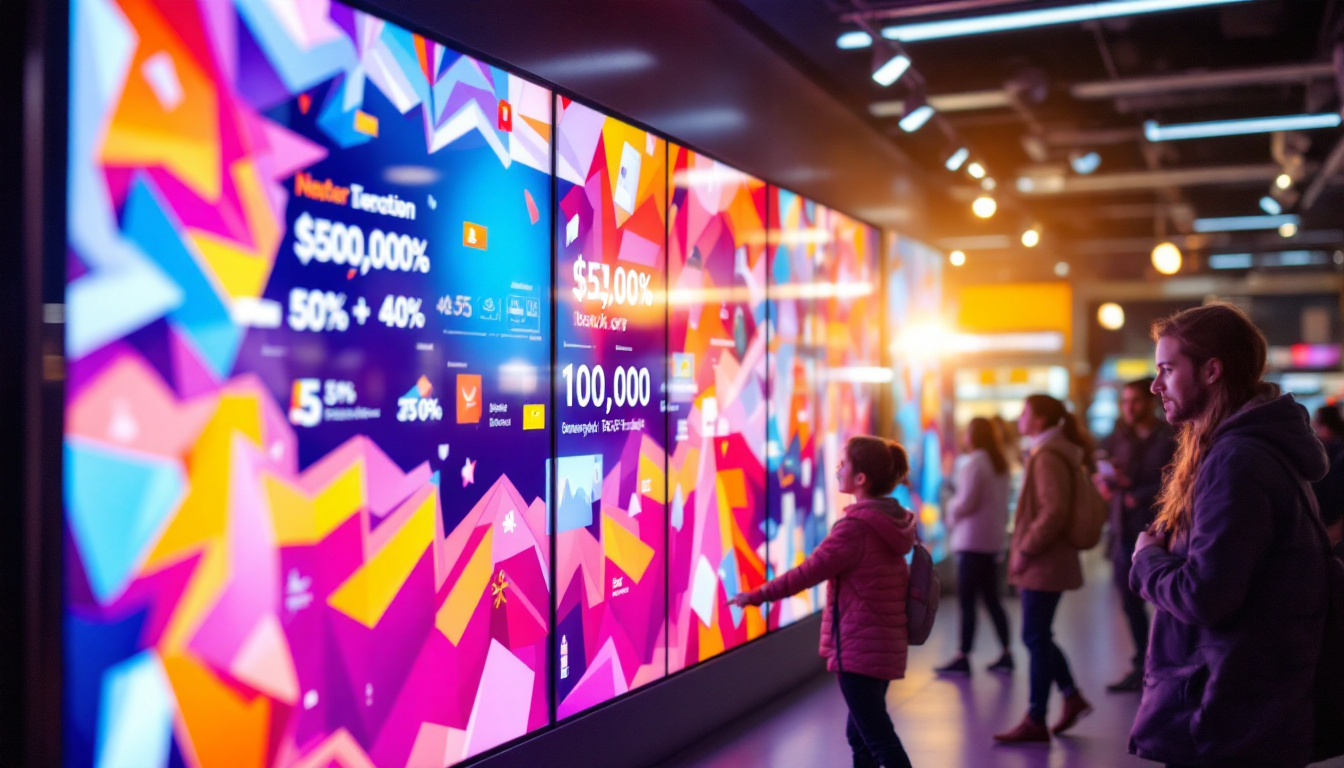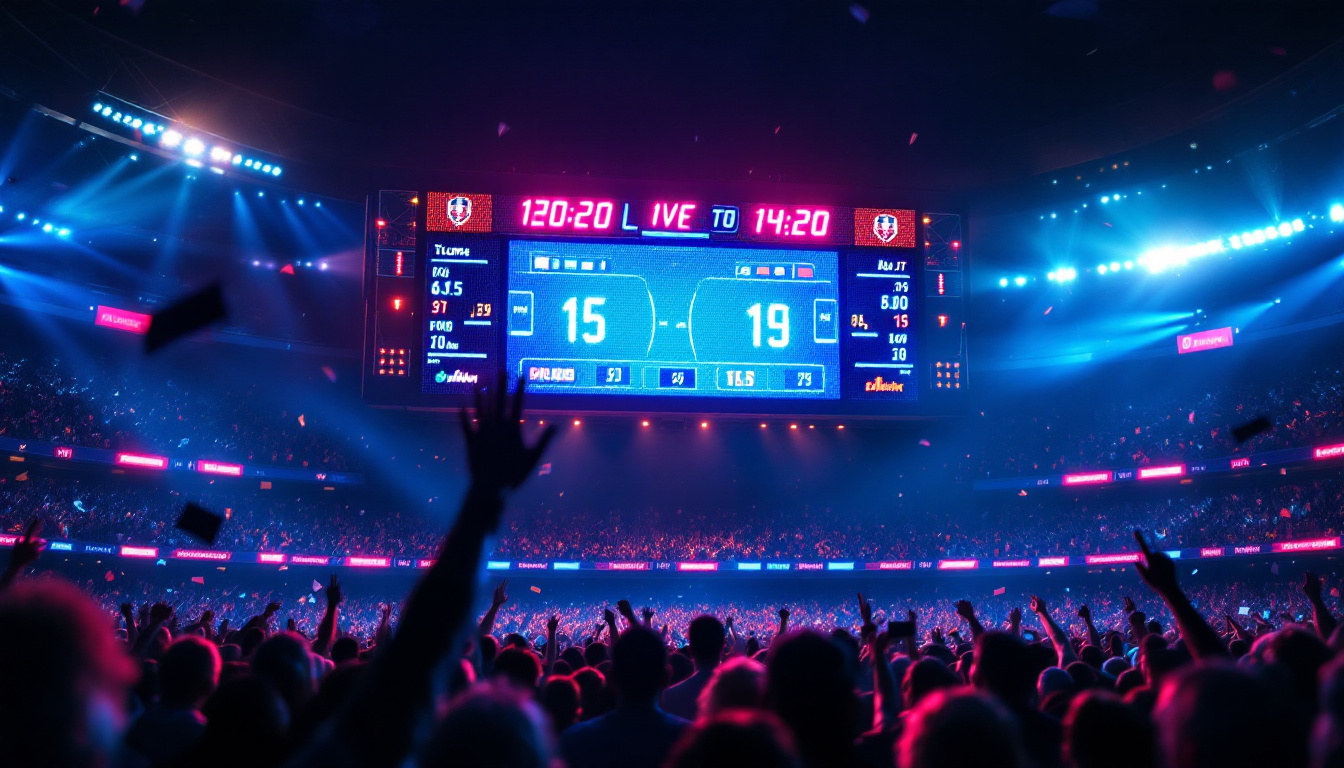Introduction to LED Displays
In today’s fast-paced world, visual communication has become increasingly important for businesses and organizations. One of the most effective ways to convey messages is through LED displays. These vibrant, eye-catching signs have revolutionized advertising and information dissemination, making them a popular choice for various applications.
This article delves into the intricacies of LED displays, highlighting their benefits, functionalities, and how to leverage discount codes like the Pro Led Sign discount code to maximize savings on these innovative products.
LED displays are not just about brightness; they offer a range of functionalities that can be tailored to meet specific needs. For instance, many modern LED displays come equipped with programmable features that allow businesses to change their messages in real-time. This flexibility is particularly advantageous for restaurants that want to showcase daily specials or for retail stores that wish to promote seasonal sales. Furthermore, the ability to display dynamic content, such as animations or videos, can significantly enhance viewer engagement, making it easier to capture the attention of passersby in a crowded environment.
Moreover, the energy efficiency of LED technology cannot be overlooked. Compared to traditional signage, LED displays consume significantly less power, which translates to lower operational costs over time. This eco-friendly aspect aligns with the growing trend of sustainability in business practices, allowing companies to reduce their carbon footprint while still maintaining high visibility. Additionally, advancements in LED technology have led to improved durability and weather resistance, making them suitable for both indoor and outdoor applications. As a result, businesses can invest in LED displays with the confidence that they will withstand various environmental conditions while continuing to deliver high-quality visual content.
Understanding LED Technology
LED, or Light Emitting Diode, technology has advanced significantly over the years. Unlike traditional lighting methods, LEDs are energy-efficient, long-lasting, and capable of producing bright, vivid colors. This section explores the fundamental aspects of LED technology that make it a preferred choice for signage.
How LED Displays Work
LED displays operate by utilizing a matrix of tiny light-emitting diodes. Each diode emits light when an electric current passes through it. The combination of red, green, and blue diodes allows for the creation of a wide spectrum of colors. By adjusting the intensity of each color, LED displays can produce stunning visuals that capture attention.
The modular design of LED displays enables them to be scaled to various sizes and shapes, making them suitable for everything from small storefronts to large stadiums. This flexibility is one of the key reasons behind their growing popularity in advertising and public information systems. Furthermore, advancements in technology have led to the development of high-resolution LED displays, which can produce images and videos with remarkable clarity, making them a favorite among event organizers and marketers alike.
Benefits of LED Displays
LED displays offer numerous advantages over traditional signage methods. Firstly, their energy efficiency means lower operational costs, which is particularly beneficial for businesses that operate 24/7. Additionally, LED signs have a longer lifespan, often lasting over a decade with minimal maintenance.
Moreover, the brightness and clarity of LED displays ensure that messages are visible even in direct sunlight, making them ideal for outdoor applications. Their ability to display dynamic content, such as animations and videos, further enhances their effectiveness in capturing audience attention. Beyond visibility, LED technology also supports smart features, such as remote management and real-time content updates, allowing businesses to tailor their messaging instantly based on current promotions or events. This adaptability not only maximizes engagement but also enables a more interactive experience for viewers, setting a new standard in advertising and communication strategies.
Applications of LED Displays
The versatility of LED displays allows them to be employed in various sectors. From retail to transportation, their applications are vast and varied. Understanding these applications can help businesses identify how LED displays can enhance their operations.
Retail and Advertising
In the retail sector, LED displays serve as powerful marketing tools. They can showcase promotions, highlight new products, and create an engaging shopping experience for customers. Retailers often use dynamic content to attract foot traffic and increase sales.
Moreover, LED displays can be strategically placed in high-traffic areas, ensuring maximum visibility. The ability to change content quickly allows businesses to respond to market trends and customer preferences in real-time. This adaptability not only enhances promotional strategies but also allows for seasonal displays that can captivate customers with fresh visuals, keeping the retail environment lively and appealing.
Furthermore, the integration of interactive LED displays is becoming increasingly popular. These displays can engage customers through touch screens or motion sensors, allowing them to explore products or access special offers at their fingertips. This level of interactivity can significantly enhance customer satisfaction and encourage longer in-store visits, ultimately leading to increased sales conversions.
Transportation and Wayfinding
LED displays are also widely used in transportation systems. Airports, train stations, and bus terminals utilize LED signs to provide real-time information about arrivals, departures, and delays. This enhances the passenger experience by keeping travelers informed and reducing confusion.
Additionally, LED displays are effective for wayfinding in large venues such as malls, universities, and hospitals. They can guide visitors to their destinations, improving overall navigation and accessibility. By employing clear graphics and intuitive layouts, these displays can significantly reduce the time it takes for individuals to find their way, which is particularly beneficial in high-stress environments like hospitals or during busy travel seasons.
Moreover, the use of LED technology in transportation extends to digital billboards along highways and major roads. These displays can provide real-time traffic updates, weather alerts, and even advertisements tailored to the location, ensuring that drivers receive timely information that can enhance their travel experience. As smart city initiatives grow, the integration of LED displays into urban infrastructure is likely to become even more prevalent, creating a seamless flow of information for citizens and visitors alike.
Choosing the Right LED Display
When considering an LED display, several factors must be taken into account to ensure the right choice for specific needs. Understanding these factors can help businesses make informed decisions that align with their objectives.
Size and Resolution
The size of the LED display is crucial, as it determines visibility and impact. Larger displays are generally more effective for outdoor use, while smaller screens may suffice for indoor applications. Resolution, measured in pixels per inch (PPI), also plays a significant role in display quality. Higher resolution screens provide clearer images and text, which is essential for effective communication.
Businesses should assess their audience and the viewing distance to determine the optimal size and resolution. A display intended for close viewing, such as in a retail store, may require a higher resolution than one meant for a stadium.
Indoor vs. Outdoor Displays
Another important consideration is whether the LED display will be used indoors or outdoors. Outdoor displays must be weatherproof and capable of withstanding harsh environmental conditions. They should also have higher brightness levels to ensure visibility in direct sunlight.
Conversely, indoor displays can have lower brightness levels and may not require the same level of durability. Understanding the specific environment in which the display will be used is vital for selecting the right product.
Maximizing Savings with Discount Codes
Investing in LED displays can be a significant expense for businesses. However, utilizing discount codes, such as the Pro Led Sign discount code, can help reduce costs and make these valuable tools more accessible.
Finding Discount Codes
Discount codes can often be found on manufacturer websites, promotional emails, and third-party coupon sites. Signing up for newsletters from LED display manufacturers can provide access to exclusive offers and discounts.
Additionally, social media platforms are a great resource for discovering current promotions. Many companies share discount codes through their social media channels, making it easy for potential buyers to take advantage of savings.
Applying Discount Codes Effectively
Once a discount code is obtained, applying it during the checkout process is typically straightforward. Most online retailers have a designated field for entering promo codes. It’s crucial to read the terms and conditions associated with the discount code to ensure it is valid for the desired product.
Moreover, some codes may have expiration dates or specific restrictions, such as minimum purchase amounts. Being aware of these details can help maximize savings and ensure a smooth purchasing experience.
Maintaining Your LED Display
After investing in an LED display, proper maintenance is essential to ensure its longevity and performance. Regular upkeep can prevent issues and extend the lifespan of the display, ultimately protecting the initial investment.
Regular Cleaning and Inspection
Dust and debris can accumulate on the surface of LED displays, affecting visibility. Regular cleaning with a soft, lint-free cloth can help maintain clarity. It’s also advisable to inspect the display periodically for any signs of damage or malfunction.
In outdoor environments, additional care may be needed to remove grime and ensure the display remains bright and vibrant. Following the manufacturer’s guidelines for cleaning and maintenance is crucial to avoid voiding warranties.
Software Updates and Calibration
Many LED displays come with software that may require updates to ensure optimal performance. Keeping the software up to date can enhance functionality and security. Additionally, calibrating the display to ensure accurate color representation is important for maintaining visual quality.
Regularly checking for updates and performing calibrations can help businesses get the most out of their LED displays, ensuring they remain effective communication tools.
Conclusion
LED displays have transformed the way businesses communicate with their audiences. Their vibrant visuals, energy efficiency, and versatility make them an invaluable asset across various sectors. By understanding the technology, applications, and maintenance of LED displays, businesses can maximize their investment.
Utilizing discount codes, such as the Pro Led Sign discount code, can further enhance the affordability of these displays, making them accessible to a broader range of organizations. As technology continues to evolve, LED displays will undoubtedly remain a cornerstone of effective visual communication.
Explore Cutting-Edge LED Displays with LumenMatrix
Ready to elevate your visual communication strategy with the latest in LED display technology? LumenMatrix is at the forefront of innovation, offering a wide array of LED display solutions tailored to your needs. From Indoor and Outdoor LED Wall Displays to specialized options like Vehicle, Sports, and Floor LED Displays, our products are designed to captivate and engage your audience. Experience the transformative power of LED displays and take the first step towards enhancing your brand’s visibility. Check out LumenMatrix LED Display Solutions today and discover how we can help you create unforgettable visual experiences.

